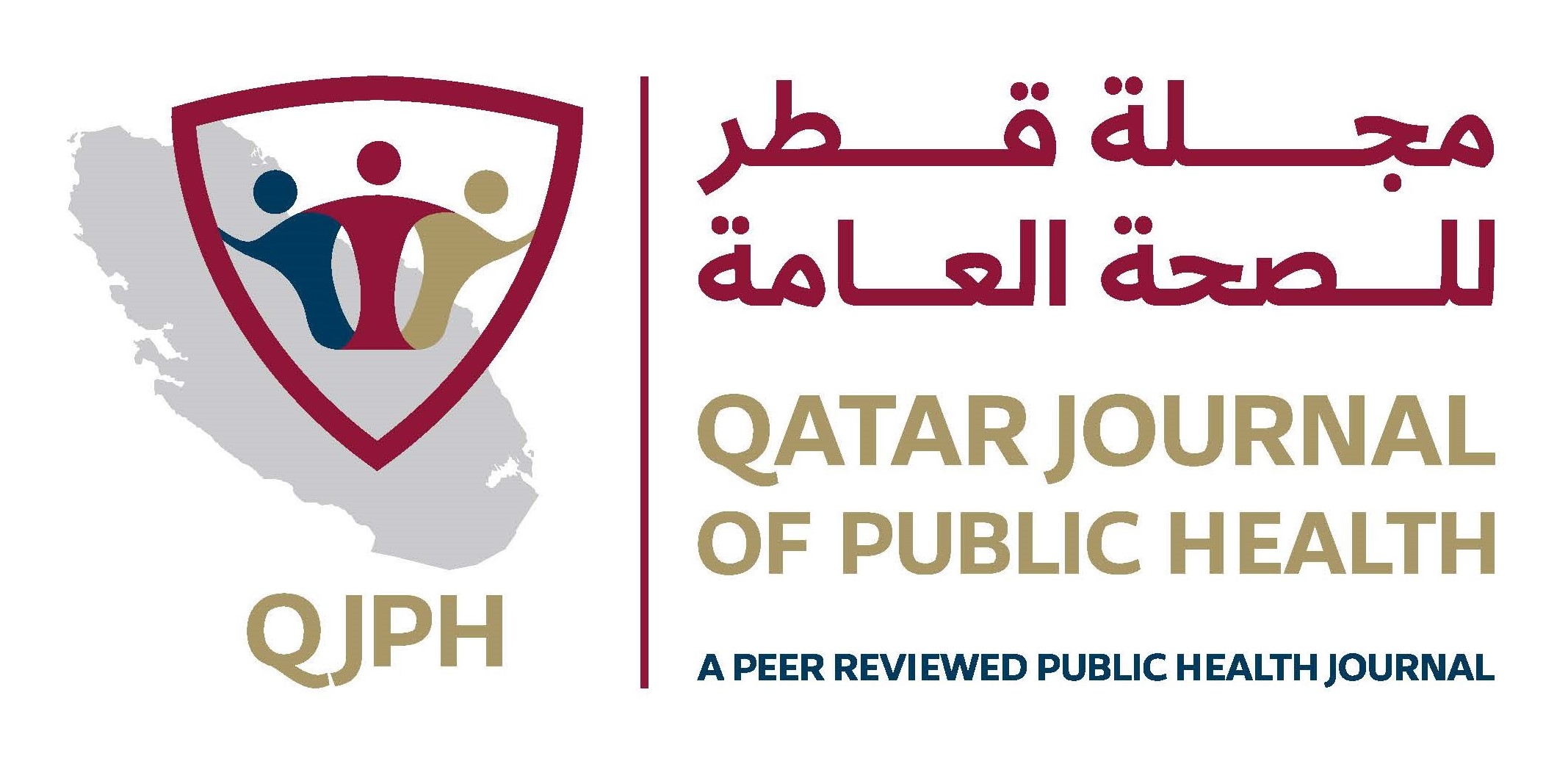-
oa Capturing the voices of working Arab mothers during the COVID-19 pandemic: A quick content analysis of their messages on Twitter (X)
- Source: Qatar Journal of Public Health, Volume 2024, Issue 1, Sep 2024, 9
-
- 05 May 2024
- 01 August 2024
- 29 August 2024
Abstract
Introduction: Working mothers from different cultures have been heavily challenged during the different phases of the COVID-19 pandemic. Infectious disease outbreaks increase women’s missions, which challenge their abilities to balance time among the different tasks. The purpose of this study was to capture the voices of working Arab mothers through their posts on Twitter to explore the challenges they faced during the COVID-19 pandemic. We aimed to understand how working Arab women’s lives were affected and how the pandemic’s burden interacted with existing challenges in Arab women’s lives, such as gender hierarchies and patriarchal social structure.
Methodology: Arab mothers’ posts on Twitter during the first 3 months of the pandemic (March–June 2020) were extracted manually. The search strategy followed included a combination of terms searched in Arabic, with each keyword being searched separately with one of the fixed terms (COVID-19 or Corona) in the search engine. Keywords searched for are work, mother/s, worker/s, working mothers, children, kids, husband, online teaching, cleaning, tired, pressure, and home chores. Only 40 posts were relevant and included in the current study. Conventional content analysis was followed to analyze the mothers’ posts on Twitter.
Results: The findings showed that these mothers struggled to manage family, household, and children’s online learning (N = 14); work from home and/or be at the worksite (N = 12); the negative consequences on mental and social wellbeing (N = 17); and the financial crises during the pandemic (N = 4). They were disappointed with the insufficient support provided by husbands (N = 2) and the government’s response in addressing their needs as working mothers during the pandemic (N = 7).
Conclusion: Recognizing the extent to which disease outbreaks affect women is a fundamental step to understanding the effects of health emergencies on them and creating effective policies and interventions. Public health policies, measures, and media are needed to promote better self-care for families, especially mothers, to avoid future tensions in the healthcare system during and after the pandemic.



